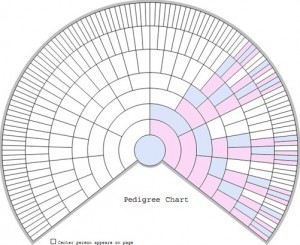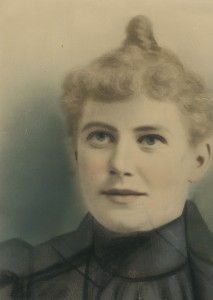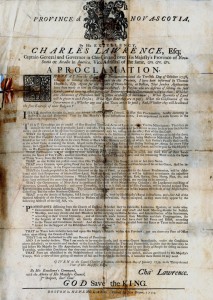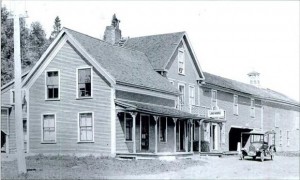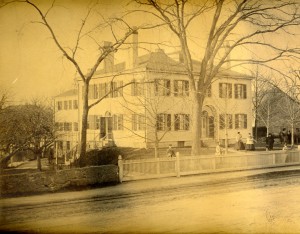
A couple of weeks ago I was working on an article for The Root, the online magazine, about locating World War I service records for a reader’s Mississippi ancestors. Knowing that the original service records are not digitized, but instead are housed at the National Archives in St. Louis, Missouri, I searched the Digital Archives of the Mississippi Department of Archives and History for any online collections that might assist the reader.[1] My search was ultimately successful in that the MDAH has uploaded veterans’ service cards for World War I, but I also stumbled across a curious collection that I thought might interest our Vita Brevis readers: Educable Children Records (Mississippi), 1850–1894; 1906–1965. Continue reading Educable children
